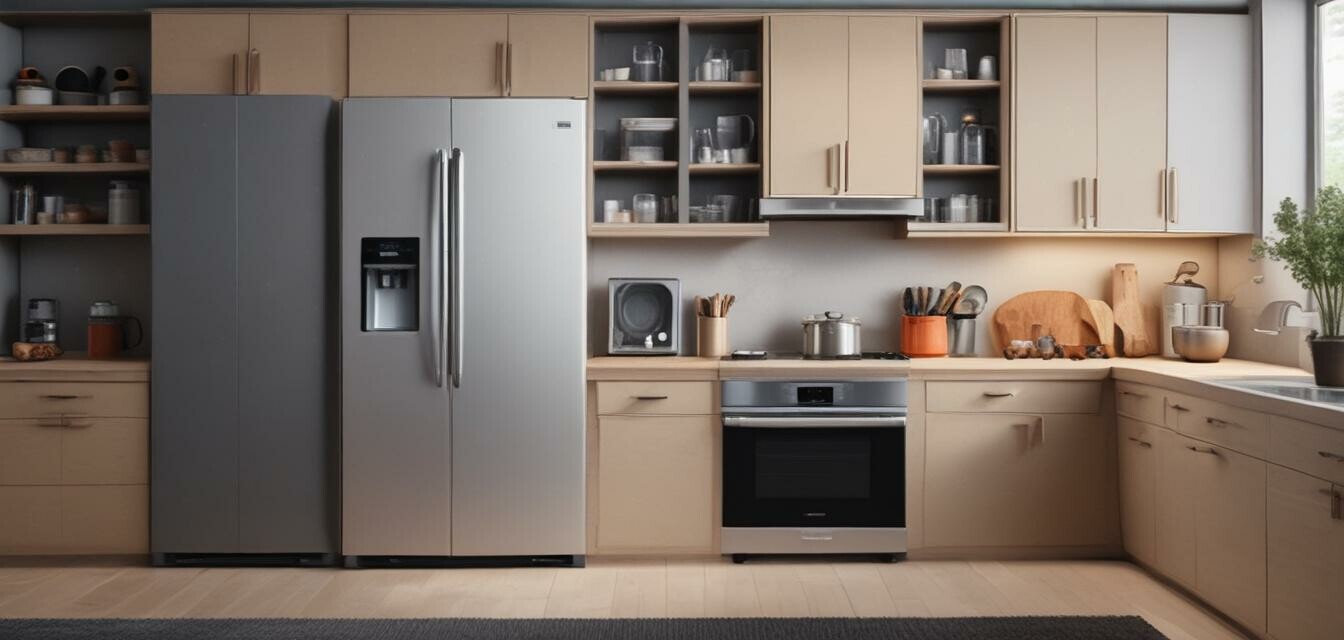
Understanding Energy Labels: Making Informed Appliance Choices
Key Takeaways
- Energy labels provide vital information about an appliance's energy consumption.
- Understanding these labels can help you save on utility bills.
- Different regions may use different labeling systems, so it's essential to learn about local standards.
- Look for appliances with higher energy ratings for better efficiency.
- Being informed can reduce your environmental impact and contribute to a greener planet.
When it comes to purchasing energy-efficient appliances, understanding energy labels is crucial. These labels offer insights into how much energy an appliance consumes and its overall efficiency. By learning to interpret these labels, you can make informed decisions that save you money and contribute to a more sustainable lifestyle. In this guide, we will delve deep into the types of energy labels you might encounter and the key information they provide.
What are energy labels?
Energy labels are stickers or tags found on appliances that indicate their energy consumption and efficiency. They help consumers understand how much energy an appliance uses, which is beneficial for comparing different products. The information provided can vary depending on the country and type of appliance.
Types of energy labels
| Label Type | Description | Region |
|---|---|---|
| ENERGY STAR | A program to help consumers identify energy-efficient products. | Worldwide |
| EU Energy Label | Indicates energy efficiency ratings from A+++ to D. | European Union |
| Energy Guide Label | Displays estimated annual energy costs and usage. | United States |
| Water Efficiency Label | Indicates water usage for appliances like washing machines. | Australia |
How to read energy labels
Reading energy labels might seem daunting at first, but with a little practice, it can become second nature. Here are the key components to look out for:
- Energy Rating: Indicates overall efficiency, often rated from A+++ (very efficient) to D (least efficient).
- Annual Energy Consumption: Shows estimated yearly energy use in kilowatt-hours (kWh) or another unit of measure.
- Cost: Provides an estimate of the appliance’s operating cost per year.
- Features: Some labels may include information about specific features, such as noise levels or special settings.
Benefits of choosing energy-efficient appliances
Opting for energy-efficient appliances not only helps reduce your utility bills but also has several other benefits:
Pros
- Lower energy bills
- Reduced carbon footprint
- Increased home value
- Eligibility for rebates or tax credits
Cons
- Higher upfront costs
- Longer payback periods for investment
Regional differences in energy labeling
Energy labels can vary greatly depending on which part of the world you live in. It's essential to familiarize yourself with the regulations in your area. For example:
- In the United States, the Energy Guide Label is commonplace, providing consumers with estimated annual energy costs.
- The European Union has implemented strict regulations to promote energy efficiency, seen in the EU Energy Label.
- In Australia, the Water Efficiency Labelling and Standards (WELS) apply to water-using appliances.
Making choices based on energy labels
Understanding and comparing energy labels can significantly improve your purchasing decisions. Here are some tips:
Tips for choosing energy-efficient appliances
- Always compare energy labels before making a purchase.
- Look for the ENERGY STAR label for assurance of efficiency.
- Consider additional costs such as installation and maintenance when evaluating an appliance’s total cost.
- Sign up for newsletters from appliance manufacturers to learn about new energy-efficient models.
Conclusion
Understanding energy labels is not just about saving money; it's about making informed and responsible choices as a consumer. By taking the time to familiarize yourself with the different labels and the meanings behind them, you can choose appliances that align both with your budget and your values. For additional tips on choosing energy-efficient appliances, visit our Buying Guides section.
